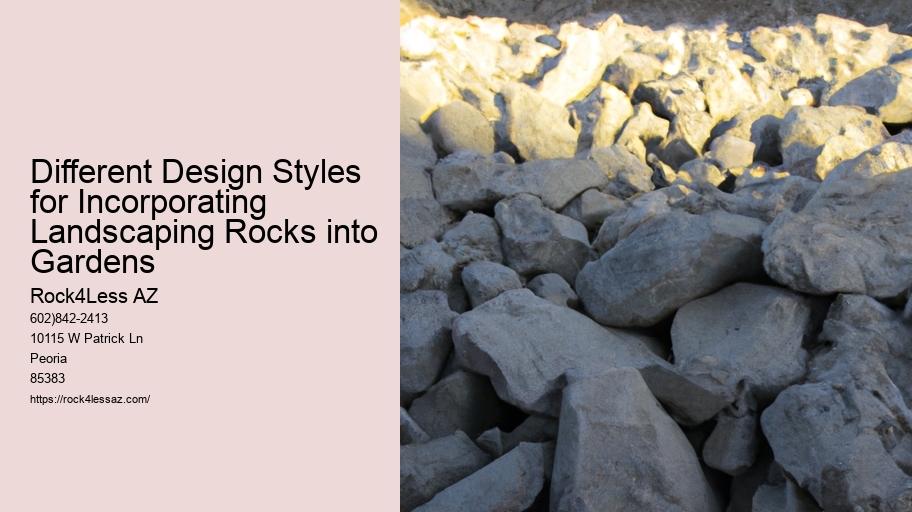In the world of landscaping and interior design, the use of decorative stones has become increasingly popular.
However, understanding the various grades and sizes available among different types of decorative stones can be a daunting task.
Fear not, for this article aims to provide you with a comprehensive understanding of the intricacies involved in selecting the perfect decorative stones for your project.
By delving into the technical details and informative insights, we strive to serve you in your quest for creating stunning and harmonious spaces.
Types of Decorative Stones and Their Grades
When considering types of decorative stones and their grades, it is important to understand the varying characteristics and qualities that each grade possesses.
Decorative stones come in various types, such as granite, limestone, marble, and quartzite, each with its own unique qualities. These stones are graded based on factors including color, size, shape, and texture. The grading system ensures that customers can choose the right stone for their specific needs.
For example, grade A stones are of the highest quality, with consistent color and texture, making them ideal for high-end projects. Grade B stones may have slight variations in color and texture, suitable for medium-scale projects. Grade C stones, on the other hand, may have more noticeable variations, making them suitable for more budget-friendly projects.
Understanding the different grades of decorative stones allows customers to make informed decisions when selecting the right stone for their desired application.
Understanding the Sizes of Different Decorative Stones
The size variations of different decorative stones play a critical role in determining their suitability for specific landscaping or construction projects. Decorative stones are available in a variety of sizes, ranging from small pebbles to larger boulders. The size of the stones affects their functionality and aesthetic appeal.
Smaller stones, such as pea gravel or crushed stone, are often used for pathways, driveways, or as ground cover. They provide a smooth surface and are easy to walk on.
Medium-sized stones, like river rock or flagstone, are ideal for creating natural-looking landscapes or for constructing retaining walls.
Larger stones, such as boulders or large river rocks, are commonly used as focal points in garden designs or as barriers to prevent erosion.
Understanding the sizes of different decorative stones allows landscapers and contractors to choose the most appropriate stone for their specific project needs.
